The depths of the ocean hold mysteries that continue to baffle scientists, and among its most enigmatic inhabitants is the giant deep-sea isopod. These creatures, often referred to as "living fossils," have thrived in extreme pressure environments for millions of years, offering a unique window into evolutionary resilience. Their existence challenges our understanding of life’s adaptability, making them a subject of fascination for marine biologists and evolutionary scientists alike.
Giant deep-sea isopods belong to the genus Bathynomus, and they are distant relatives of the common woodlouse found on land. What sets them apart is their ability to survive in the crushing pressures of the abyssal zone, where few organisms can endure. These creatures can grow up to 50 centimeters in length, a phenomenon known as deep-sea gigantism, which is thought to be an adaptation to the sparse resources and extreme conditions of their habitat. Their armored exoskeletons and slow metabolisms are key to their survival, allowing them to withstand the immense weight of the water above them.
The evolutionary history of these isopods is a testament to nature’s ingenuity. Fossil records suggest that their ancestors date back to the Cretaceous period, over 100 million years ago. Unlike many species that have undergone significant changes over millennia, giant isopods have remained remarkably similar, earning them the title of "living fossils." This evolutionary stasis raises intriguing questions about the stability of their deep-sea environment and the selective pressures that have shaped their biology. Scientists speculate that the consistency of the abyssal zone’s conditions—constant darkness, near-freezing temperatures, and high pressure—has allowed these creatures to retain their ancient features.
One of the most striking aspects of giant isopods is their ability to endure long periods without food. In the nutrient-scarce deep ocean, meals are few and far between, and these creatures have adapted by developing an incredibly efficient energy storage system. They can survive for years on a single large meal, such as a whale carcass that sinks to the ocean floor. This ability not only highlights their resilience but also underscores their role as scavengers in the deep-sea ecosystem, where they help recycle nutrients and maintain ecological balance.
Recent studies have shed light on the physiological mechanisms that enable giant isopods to thrive under such extreme conditions. Their exoskeletons, for instance, are reinforced with calcium carbonate, providing both protection and structural support against the crushing pressure. Additionally, their blood contains high concentrations of copper-based hemocyanin, a molecule that efficiently binds oxygen in cold, low-oxygen environments. These adaptations, honed over millions of years, make them a prime example of how life can persist in some of the most inhospitable places on Earth.
Despite their resilience, giant isopods face new challenges in the modern era. Deep-sea mining and climate change threaten their fragile habitats, raising concerns about their long-term survival. As humans venture deeper into the ocean in search of resources, the delicate balance of the abyssal ecosystem is at risk. Conservation efforts are crucial to protect these ancient creatures and the unique environment they inhabit. Their study not only enriches our understanding of evolutionary biology but also serves as a reminder of the ocean’s vast, unexplored wonders.
The giant deep-sea isopod stands as a symbol of nature’s ability to adapt and endure. Its existence in the abyssal depths, virtually unchanged for millions of years, offers invaluable insights into the history of life on Earth. As scientists continue to unravel the secrets of these enigmatic creatures, they remind us of the importance of preserving the ocean’s mysteries for future generations. In a world where so much remains unknown, the giant isopod is a beacon of curiosity and discovery.
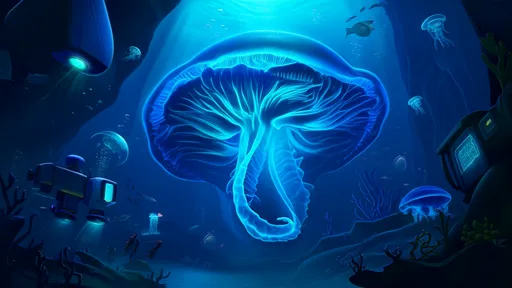
By /Jun 10, 2025
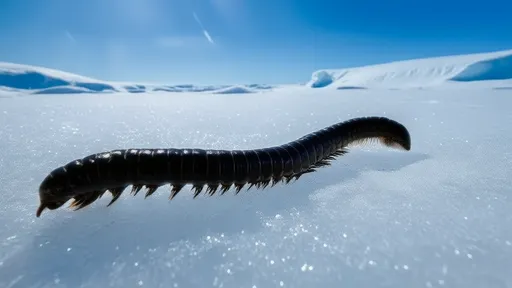
By /Jun 10, 2025
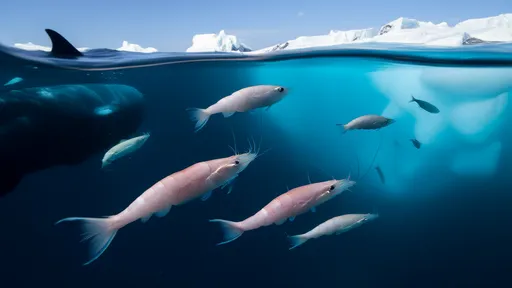
By /Jun 10, 2025
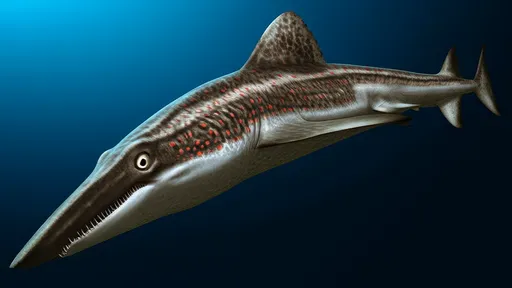
By /Jun 10, 2025
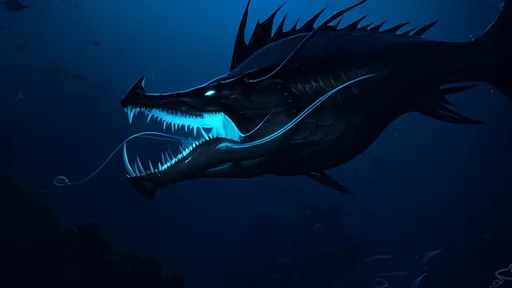
By /Jun 10, 2025
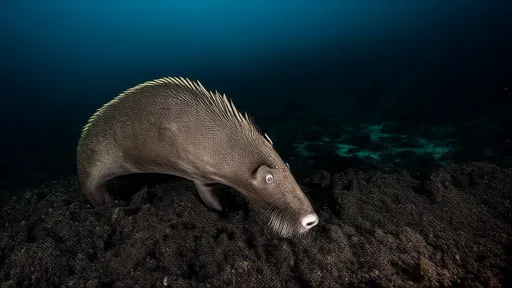
By /Jun 10, 2025

By /Jun 10, 2025
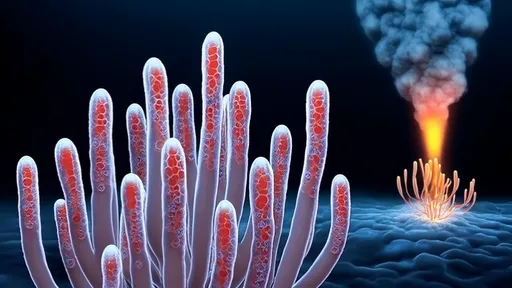
By /Jun 10, 2025
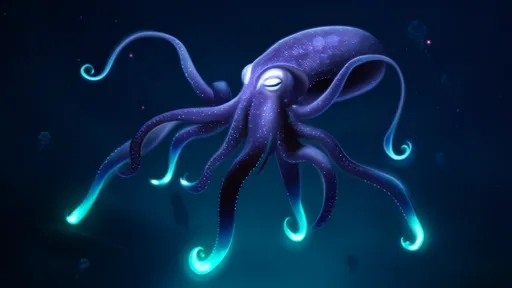
By /Jun 10, 2025

By /Jun 10, 2025
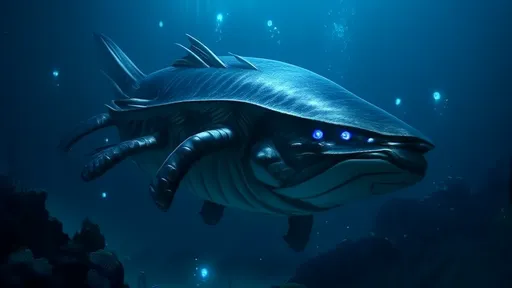
By /Jun 10, 2025
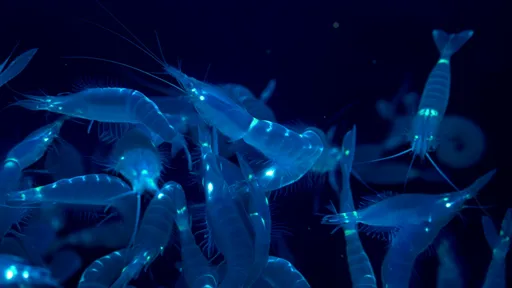
By /Jun 10, 2025

By /Jun 10, 2025
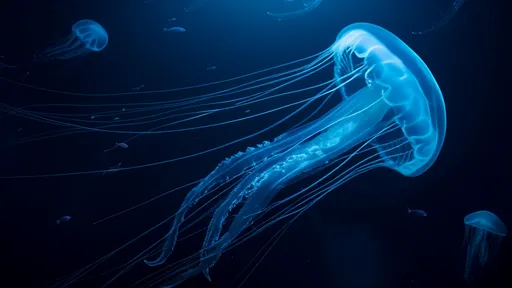
By /Jun 10, 2025
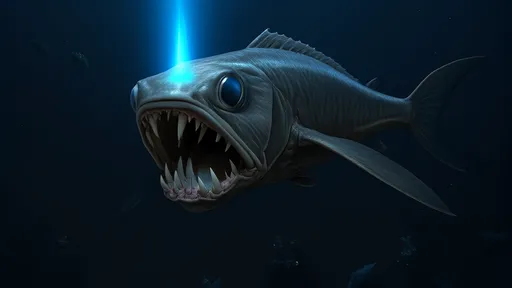
By /Jun 10, 2025